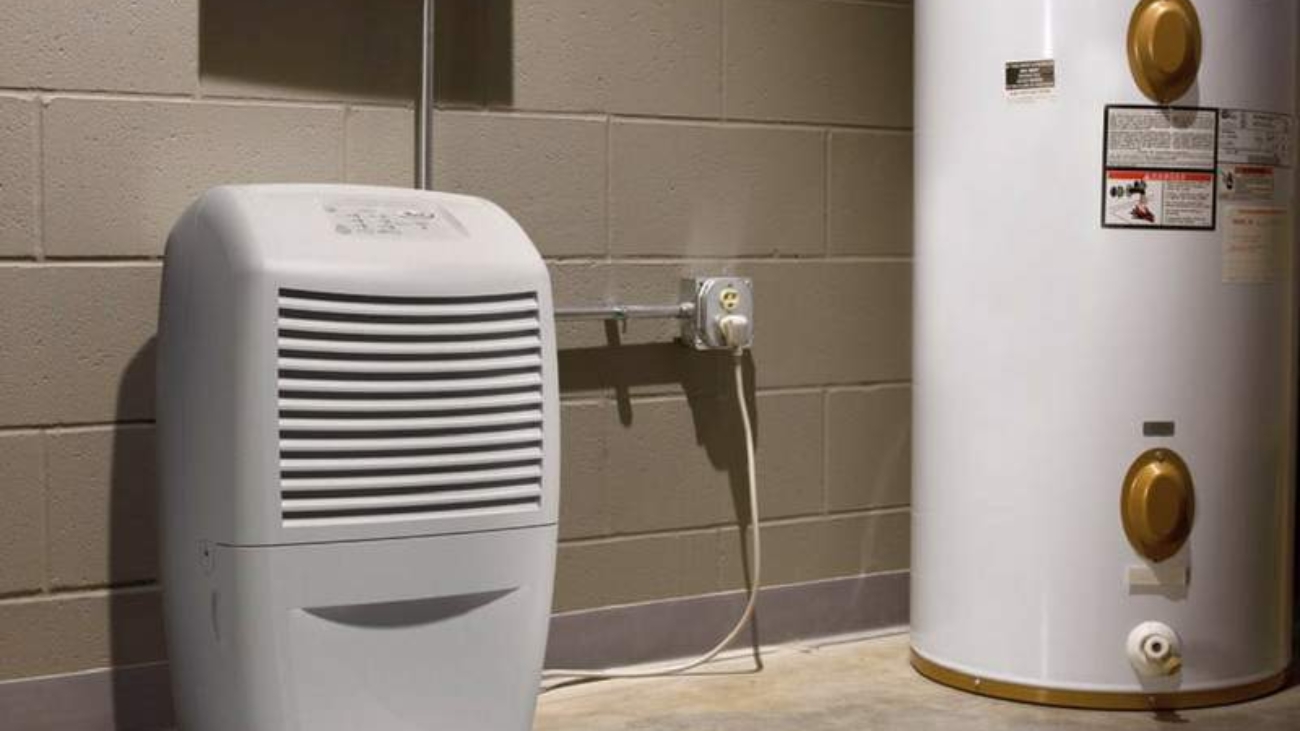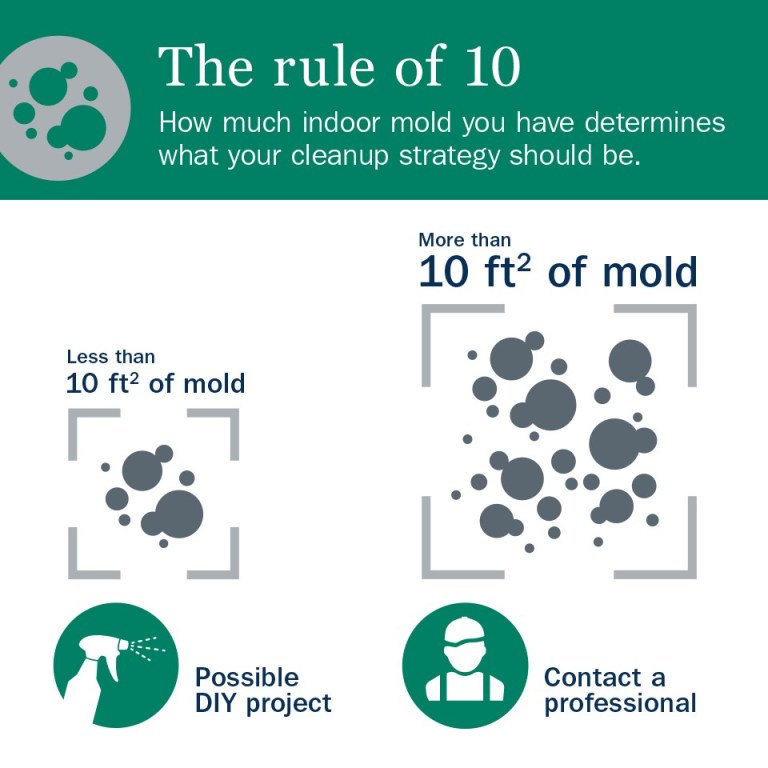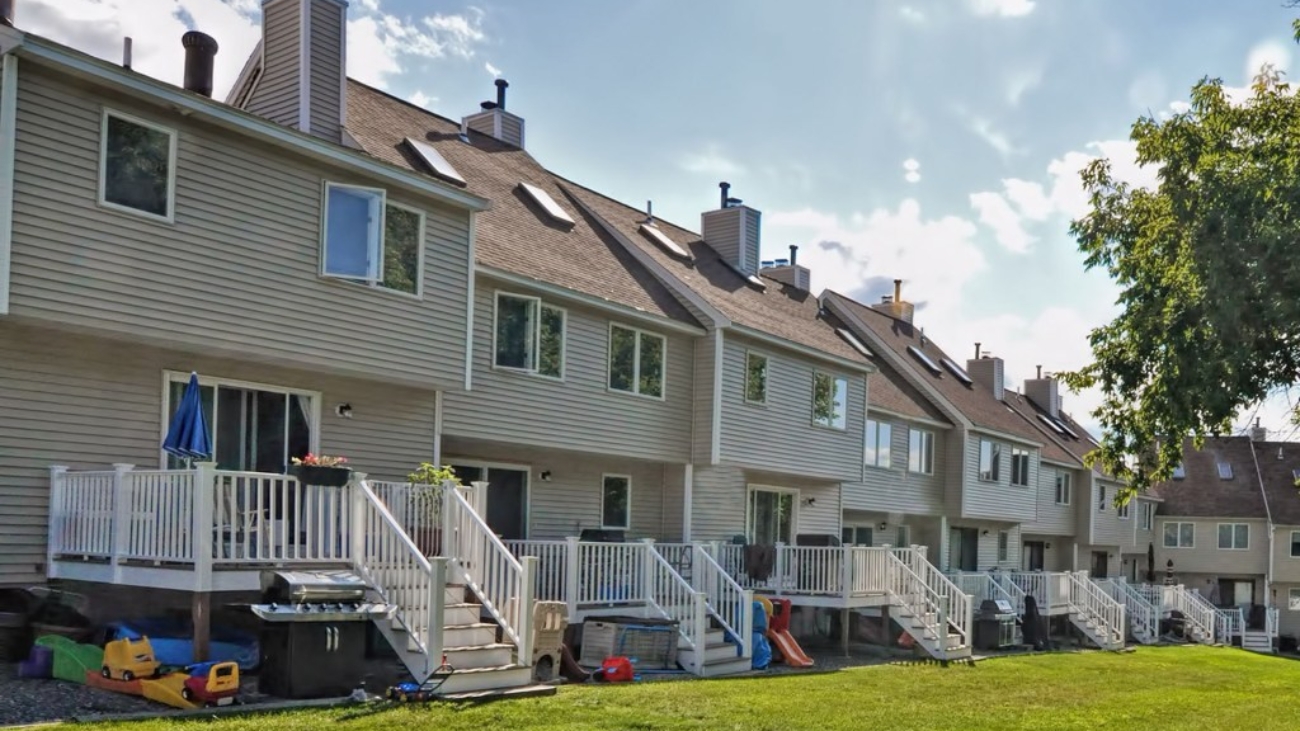
If you think a Property Manager and a Project Manager should do the same job on a capital project, think again. It is important to understand that, although they have similarities to their job scope, there are multiple differences between them. For example, a Property Manager typically deals with the residents and the owners and the impact that the project has on them both physically and financially. Whereas a Project Manager is more focused on the construction project from start to finish. The difference in scope also has an impact on price as well as the time investment to complete the project. Understanding these key differences will allow you to streamline your capital projects where the lines of duties are drawn and provide clear communication. The result? You will significantly improve the outcome of your capital project and reduce headaches along the way. Read more below.
Property Managers have a lot to do in their role to service their clients. They oversee four primary areas: building and grounds, financial, administration and technology. For instance, scheduling notices to residences, soliciting and administration of financing vehicles like bank loans, setting up the owners within that system, ensuring that they are fulfilling their financial obligations, etc. With this approach, Property Managers can effectively facilitate the coordination of projects that are being led by Project Managers on specific jobs.

Project Managers’ responsibilities planning, organizing, and directing the completion of specific projects for an organization while ensuring these projects are on time, on budget, and within scope.
Too often the Property Managers are expected by clients to go far beyond their scope of duties to save money by rolling Project Manager responsibilities into the realm of the Property Manager. They are taking valuable time away from the Property Managers to perform their everyday responsibilities. Getting two for the price of one is not an option. These specific roles must be budgeted for as separate entities—because they are.
For example, if the construction costs are expected to be $300,000 then the Property Manager is expected to get proposals for the “oversight” work beyond their own responsibilities—that falls under the domain of the Project Manager and must be added to the budget. Project Managers tend to get a percentage of a project cost. So, if their fee was $30,000, the overall budget for the project could be $330,000. This amount does not represent the “fee” that the Property Manager may be entitled to for providing additional services beyond their standard contract obligations.
It is critical for property owners facing capital projects to understand the difference between a Property Manager and an Owner’s Project Manager (OPM) to retain good working conditions for all parties involved. This role awareness also prevents massive burn out within the Property Management industry. It is necessary to allocate the right budget for both professionals to protect your most valuable asset. Landmark Associates is an award-winning general contractor that has a deep understanding and appreciation of the two PM roles. We are experts at partnering with the Owner‘s Project Manager while working in tandem with the Property Manager, so your capital project gets done effectively and efficiently. Be sure to download our PM vs. PM Guide here.
















